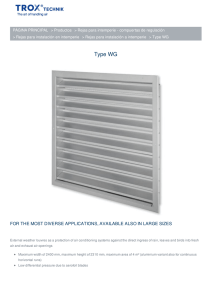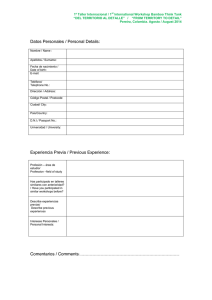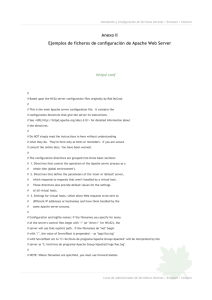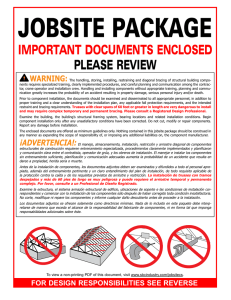SERGIO PREGO ingles
Anuncio
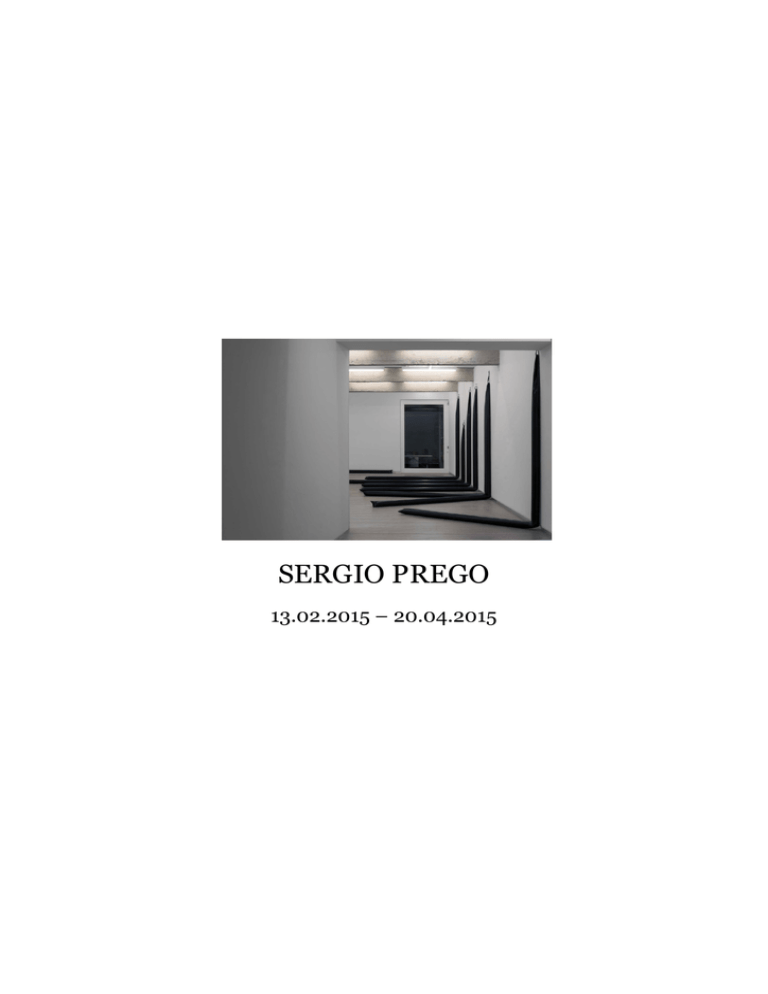
SERGIO PREGO 13.02.2015 – 20.04.2015 J.G. Ballard’s novels The Drought and The Drowned World depict two completely different scenarios in which dramatic environmental changes transform the material conditions of the inhabitants of their respective worlds. The landscape is gradually divested of the conventional signs that used to define it, as they give way to the simpler, cruder material structure that is the life support of the characters. These transformations create vacuums in the social weave within which individuals seem to arbitrarily and unintelligibly mutate the guidelines of behaviour which nevertheless also disclose the profound pre-existing currents that govern behaviour and relationships. The new context produces a wide-open empty space that provides room for the apparently erratic characters to give vent to repressed tendencies, although they seem to follow a pattern of behaviour that is motivated by some goal that is beyond our capacity to anticipate an uncertain future. When sculpture invades the specific space of the spectator, it cancels out the representative depth that had once underwritten it, displacing said representativity to the empty spaces that surround the objects, which are now purely opaque in their material determination. In this new condition, the predisposition to interact with their materialness leaves the objects open to be transformed. Yet this openness merely signals the existence of an emptiness based on transmutability, given that there are no longer any guidelines or patterns that transmit the meaning of the transformation to the spectator, which means that the potential action is ultimately no more than an index of its transitory quality. Therefore, the objects are found in an incomplete and static state that is perceived as receptive to the potential participation of the subject. This in turn defines a space for a shared project that affords us a place to coincide with another, a space for a project shared with somebody. The exhibition at Carreras Múgica comprises sculptures and drawings which are mostly to be found in varying states of material transformation. Some of the sculptural works are mobile elements whose structure can be manipulated and changed. Another suite of works, made up of water-filled membranes, engenders forms whose fluid component also allows them to be modified. The drawings are mainly based on field sketches of botanical specimens from the Natural History Museum in New York and are shown behind translucent inflatable membranes which are contained within frames of the same size as the stretch of wall on which they are hung. This protective membrane gives the wall a convex irregular form. The translucent quality of the protective membrane partially blurs the outline of the works on paper, varying according to their placement on the wall. Some of the drawings are made of lines that close back in on themselves to delimit a series of figures. Demarcating an area by means of a line also functions like a membrane that separates inside and outside and regulates the relationship between interior and exterior. This is a primary function that defines all organs and organisms and, by extension, the organic. The botanical motifs acknowledge a desire to search for the organic structure of plants, rooted in the very plasticity of the material of which they are made. SM-Totem (2015) Instalación compuesta de cinco elementos Lona y agua. 330 x 750 x 400 cm Installation view Installation view Motor Rank (2015). 67 esculturas articuladas plástico y aluminio 2+NO (2015). Instalación Lona y agua. Medidas variables. Tres elementos de 320 x 15 x 300 cm 2+NO (2015). Instalación Lona y agua. Medidas variables. Tres elementos de 320 x 15 x 300 cm NHM-1 (2015). Instalación en pared. Dibujos y polietileno inflado. 25x29cm. Detalle de la instalación Detalles de la instalación NHM-2 (2015). Instalación en pared. Dibujos y polietileno inflado. 355 x 500 cm. Detalles de la instalación Detalle de la instalación T-Plexo, (2015). Escultura Lona y agua. 330 x 300 x 15 cm. T-Skeol, (2015). Escultura Lona y agua. 330 x 600 x 15 cm. MM(2015). Escultura Lona inflada. Medidas variables (15 x 240 x 260 cm.) MDD, (2015). Escultura Lona inflada. Medidas variables (15 x 250 x 230 cm.) Motor Rank (2015). 67 esculturas articuladas plástico y aluminio Dibujos y polietileno inflado. 355 x 500 cm. Detalle de la instalación Detalle de la instalación Detalle de la instalación Motor Rank (2015). 67 esculturas articuladas plástico y aluminio 2+NO (2015). Instalación Lona y agua. Medidas variables. Tres elementos de 320 x 15 x 300 cm 3333 (2015). Escultura, Hormigón. 70 x 30 x 8 cm.

